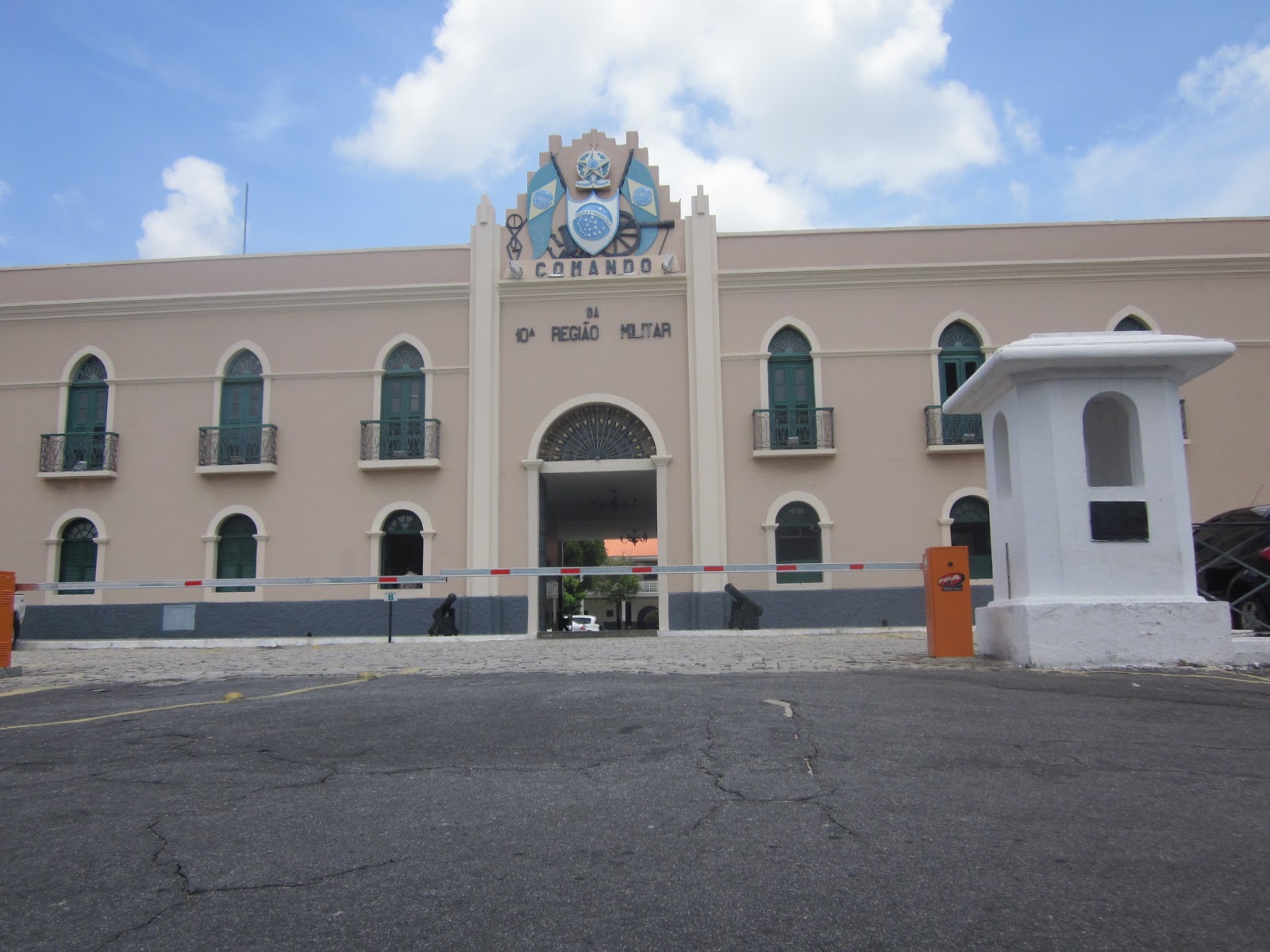Follow this site
sabato 30 marzo 2013
venerdì 29 marzo 2013
giovedì 21 marzo 2013
F O R T A L E Z A
L’attuale FORTALEZA, nello stato del Cearà ( nord-est del Brasile), ebbe nomi diversi : Vila da Fortaleza de Nossa Senhora da Assunçao (1726), Cidade de Fortaleza de Nova Bragança (1823), Cidade de Fortaleza do Cearà, Cidade de Fortaleza e,finalmente, Fortaleza.
Nell'anno 1649, sulla collina di Marajaitiba, gli Olandesi
fondarono il FORTE SCHOONENBORCH, nel tentativo di colonizzare la regione. Dopo
aver abbandonato la fortificazione nel 1654, il comando passò ai
luso-brasiliani e il suo nome fu trasformato in FORTALEZA de NOSSA SENHORA da
Assunçao.
Circa 150 anni dopo, nel 1817, le rovine dell'antico Forte
lasciarono il posto alla attuale FORTALEZA, opera dell'ingegnere militare
Tenente Colonnello Antonio José da Silva Paulet.
Attualmente la fortezza è sede della decima Legione militare
(Regiao Martim Soares Moreno), costruita nella metà del XIX secolo.
-----------------------------------------------------------------------------------------------------------------------------------------------
The
current Fortaleza, state of
Ceará (Northeast Brazil), had different names: Vila
da Fortaleza de Nossa Senhora da Assunçao
(1726), Fortaleza de Nova Cidade de Bragança (1823),
Cidade de Fortaleza
do Ceara, Cidade de Fortaleza and,
finally, Fortaleza.
In
the year 1649 on the hill of Marajaitiba, the
Dutch founded the FORTE SCHOONENBORCH in
attempt to colonize the region. After leaving the fort in 1654, the command
passed to the Luso-Brazilian and his name was changed in FORTALEZA de NOSSA
SENHORA da Assunçao.
About
150 years later, in 1817, the
ruins of the Forte gave way to
the current FORTALEZA, the
work of the military Lieutenant Colonel
Antonio José da
Silva Paulet.
Currently the fort is home to the Tenth Legion
Military (Regiao Martim Soares Moreno), built
in the mid nineteenth century.
 |
|
Il portoghese Martim Soares Moreno, fondatore dello stato
del Cearà (inizio del XVII secolo).
The
Portuguese Martim Soares Moreno,
founder of the state of Ceara (early seventeenth century).
|
Iscriviti a:
Commenti (Atom)





















